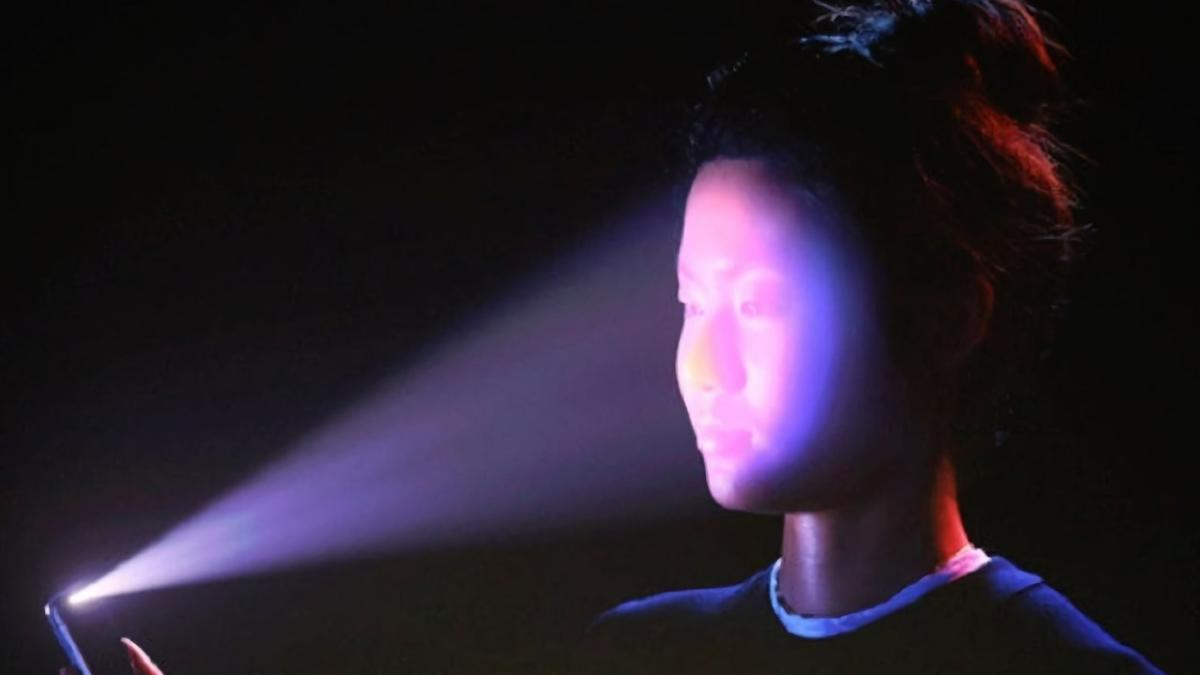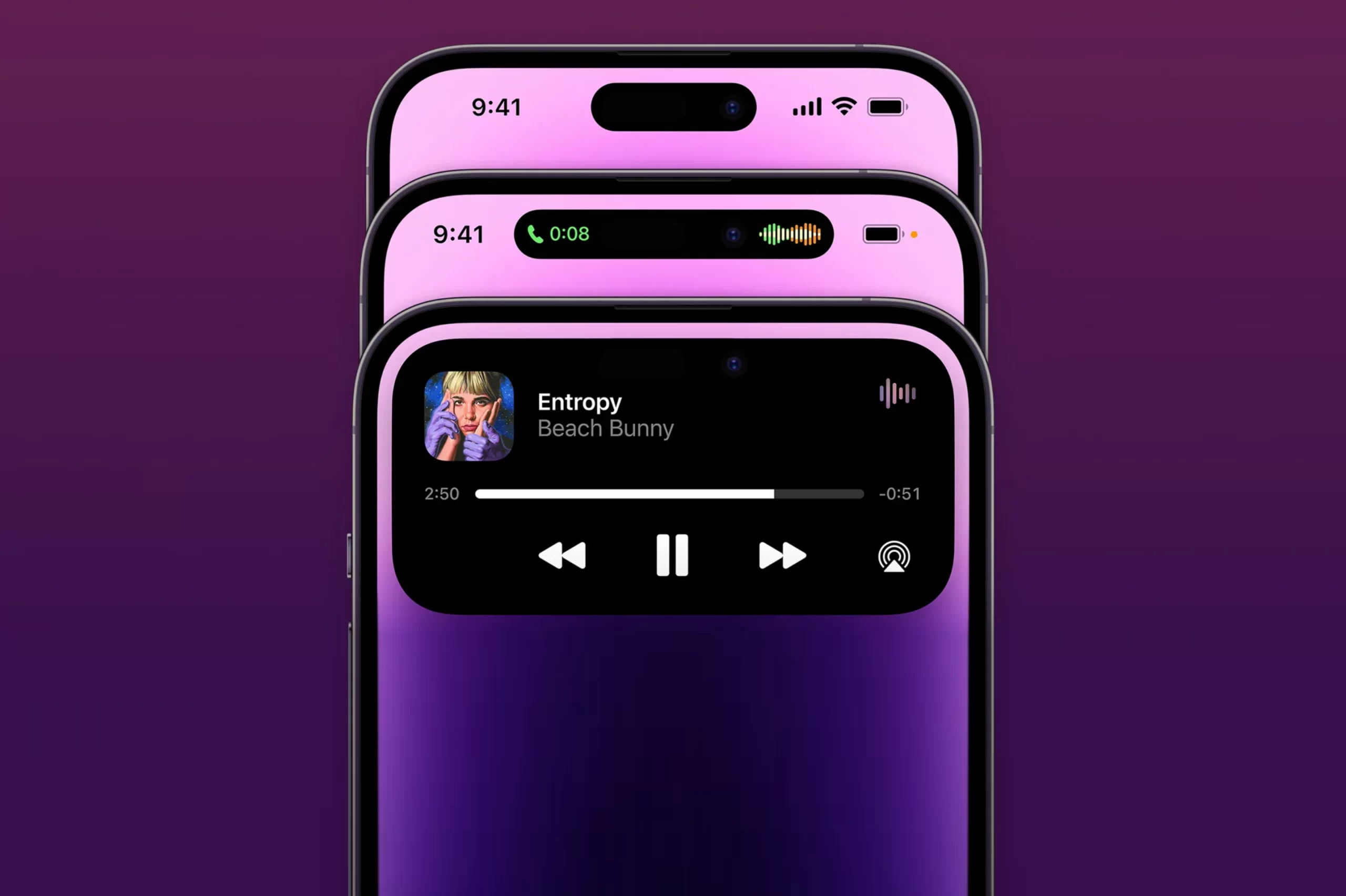- Delay in integrating Face ID under the display in iPhones until after 2026.
- Quality challenges in implementing under-screen camera technology.
- LG’s new screen technology key to future Apple under-screen ambitions.
- Earlier predictions for under-screen Face ID in iPhones now shifted to iPhone 18 or 19.
The iPhone today, from the front is not nearly as bezel-less as some of its Android counterparts.
The reason is simple, Apple needs space to house its intricate hardware of FaceID and it certainly cannot be housed in a small punch-hole.
But now it seems that we should expect little to change in that regard because Apple’s ambitious vision to create an iPhone that resembles a “single slab of glass” is facing a delay.
According to recent supply chain reports, the integration of Face ID under the display is now projected to materialize only after 2026.
Technological Barriers
Although under-screen camera technology has been demonstrated since 2019, the trade-offs in quality, especially for a brand like Apple, known for its camera prowess, are significant.
Current technological limitations are inhibiting Apple from effectively implementing a facial ID solution that can also deliver impeccable selfies all the while hiding under the display.
Supplier Technology and Progress

However, a new screen technology from LG is anticipated to be key in achieving Apple’s under-screen camera ambitions as per the report from The Elec.
Even so, one should approach the entire thing cautiously as previous reports suggested a 2024 release with the iPhone 16 Pro, and even earlier expectations aligned with the iPhone 15, 14, and 13.
Now the latest projections now point to a release in the iPhone 18 or 19 models, significantly later than initially anticipated.
Several Android manufacturers, including Samsung, Asus, OnePlus, Oppo, and Xiaomi, have already introduced devices with under-display cameras.
Apple With a Cautious Approach
But as mentioned before currently this is more of a proof of concept rather than something that can be integrated into the mass consumer segment.
Apple is known to include features later than Android but the Cupertino giant does it right as it has to ship more than 100 million devices with the same technology

As such Apple’s move to place the selfie camera under the screen is expected to follow the integration of Face ID technology, likely occurring two years later.
This far out no one can be certain what Apple’s plans are but reports will certainly leak much ahead of the actual announcement so stay tuned for more updates.
FAQs
Why has Apple delayed the introduction of under-screen Face ID?
Apple’s delay in implementing under-screen Face ID technology, now expected post-2026, is due to current technological limitations in maintaining high-quality standards, especially for facial recognition and camera functionality.
What role does LG’s new screen technology play in Apple’s plans?
LG’s emerging screen technology is considered pivotal for Apple’s goal of integrating under-screen Face ID and camera systems, as it promises to overcome existing technical barriers.
How do current under-screen camera technologies in Android phones compare to Apple’s vision?
While Android manufacturers like Samsung and Xiaomi have introduced devices with under-screen cameras, Apple’s approach is more cautious, focusing on perfecting the technology for mass-market viability and maintaining high-quality standards.
When can consumers expect to see under-screen Face ID in iPhones?
Initially anticipated for earlier models, the latest reports suggest that Apple’s under-screen Face ID might not appear until the iPhone 18 or 19 series, significantly later than previously expected.
Also Read: 10 Benefits the USB Type-C will bring to the iPhone 15 Series
Also Read: Apple’s iPhone 15: USB Type-C Cable In The Box To Reportedly Have Slow Transfer Speeds
